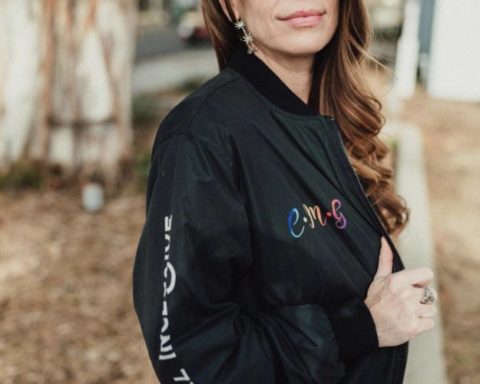Halle Pennington wears a loose white shirt resembling a lab coat and counts out 5,000 cannabis seeds with a machine typically used for sorting diamonds. The seeds per weight, she says, are equivalent to the price of gold. We’re in the headquarters of Humboldt Seed Company on the second stop of a multi-week tour that includes visiting cannabis farms across Northern California. The tour aims to show visitors the rigorous and methodical process that the seed company undergoes to develop what they hope is the world’s next big cannabis strain.
Our mission begins close to the California/Oregon border in the heart of the wild woods and rivers of Bigfoot Country, but we’re hunting for another mythical creature, “unicorn” cannabis plants—so named because of their magical rarity.
While many cannabis competitions assess dried and cured flowers, this tour is a different sort of contest, one that pits weed plants still weeks away from harvest against each other to judge which ones come out on top. By the end of the trek—a two-week sprint to eight farms—the team will have put eyes on 10,000 plants, all in the dream of finding no more than 20 winners.
Nat’s Farm / Courtesy of Home Grow TV
The 2023 Great California Pheno Hunt
Cannabis is unusual for a flowering plant. It’s dioecious, meaning it has two distinct sexes. Male and female plants are created from seed. Clones are cuttings of female plants, meaning their genetic makeup will be identical. When grown from seed, cannabis plants show variety.
Seeds from the same parents will express different physical features. In the plant breeding world, these physical variations are called phenotypes. Phenotypes are what you can see and smell; they’re the traits the environment pulls from the plant’s genetic code.
When cannabis …
Read More
Author: Ellen Holland / High Times





